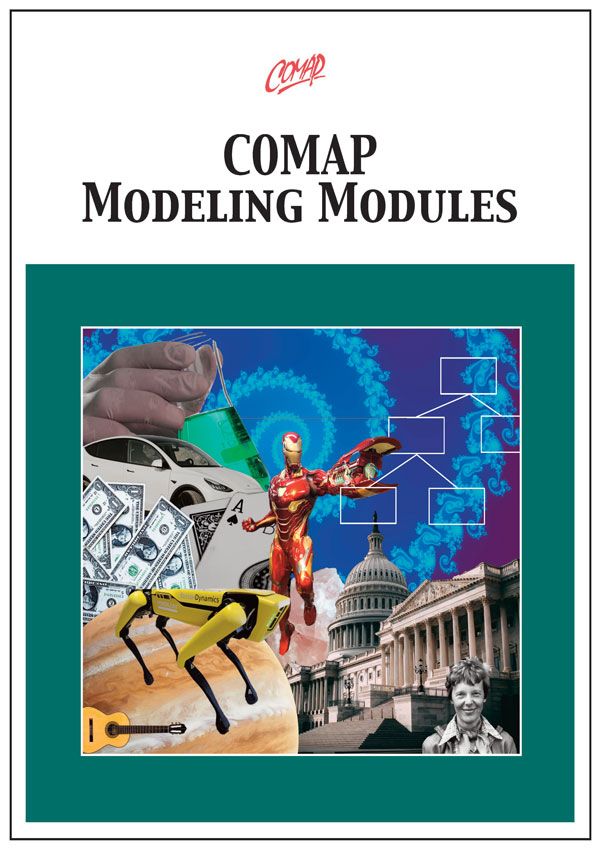Modeling Packaging (Modeling Module)
Author: Marsha Davis and Megan Heenehan
The context for this module is modeling packaging of products and determining measures of efficiency for package designs. Nearly every product purchased from a store has at least one layer of packaging. Designing packages involves mathematics, engineering, an understanding of materials, graphic design, and marketing. An understanding of some basic packaging concepts is useful in many careers. This Pull-Out begins with a short preliminary reading that describes some issues relevant to packaging and provides an example of an eco‑friendly, multi‑can design for tuna fish. This reading is followed by a preliminary activity that asks students to list packages they encounter daily and to think about criteria that companies might consider in designing "good" packaging.
In Activity 1, students determine the surface area and volume of several different paperboard packages. Students are introduced to nets that can be folded and glued together into packages.
In Activity 2 students focus on two packaging designs for a 12‑pack of seltzer. They consider several criteria for judging which packaging is most efficient. In the process, they learn that deciding which package design is "best" depends on the criterion used.
In Activity 3, students draw true‑to‑scale cross‑sectional views of a two‑pack and a three‑pack of soda. From their drawings they calculate two measures of efficiency, the percentage of package area covered by the circles (cans), and the amount of material per can. Next, students use GeoGebra to draw scaled‑down versions of cross‑sectional views of a two-pack and three‑pack. Efficiency measures based on their drawings will be more accurate than the ones calculated from their true‑to‑scale hand drawings.
Activity 4 is a project in which students design efficient packaging for a six‑pack of soda. In addition, students answer some open‑ended questions about whether it is better to stack cans with centers aligned or stagger them. They also investigate the efficiency of different shapes of packaging. Students write a report on their findings.
As your students do these activities, watch for misunderstandings they might have about the modeling process. For example, they should understand that their choices and assumptions affect which variables are key in a modeling situation. Choosing efficient use of packaging material as a criterion means that surface area is a key variable, but volume is not. Choosing efficient use of package space as a criterion means that volume is a key variable, but surface area is not. Assuming that all soda/seltzer cans are the same size, means that can dimensions are constants, not variables.
Prerequisites
Students should be familiar with finding areas of polygons and circles. They should also be familiar with finding the volumes of prisms. If these topics are new to students, you can introduce them prior to starting Activity 1 (or as needed). Students may need to use the Pythagorean theorem. In addition, they should have some knowledge of similar triangles. Also, they should understand what it means for two lines to be parallel and for two lines to be perpendicular.

Mathematics Topics:
Application Areas:
You must have one of our Free Memberships or a paid Full Membership to download this resource.
If you're already a member, login here.